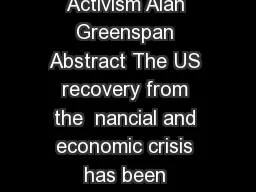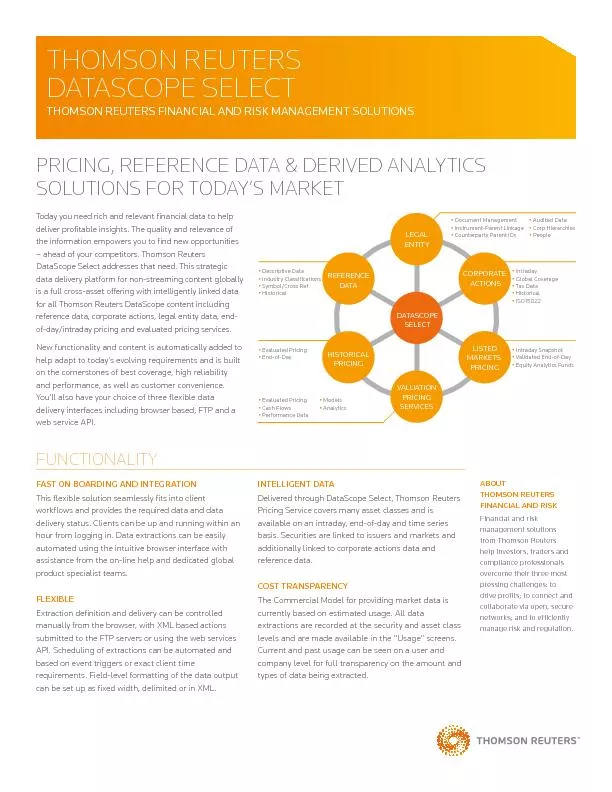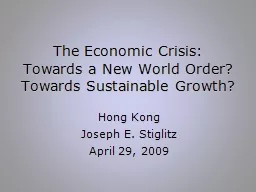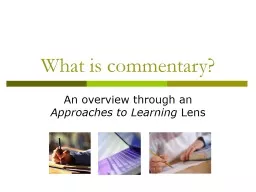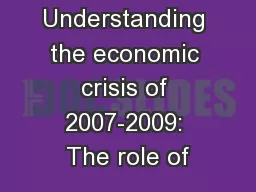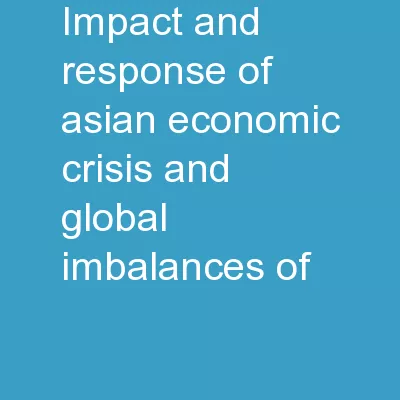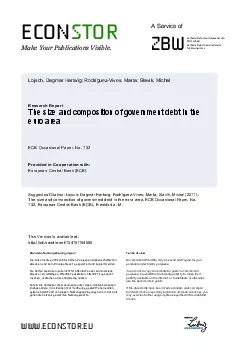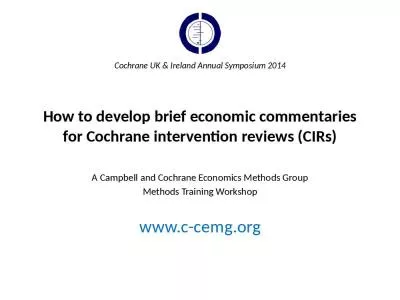PDF-COMMENTARY Activism Alan Greenspan Abstract The US recovery from the nancial and economic
Author : min-jolicoeur | Published Date : 2015-01-28
What is most notable in sifting through the variables that might conceivably account for the lacklustre rebound in GDP growth and the persistence of high unemployment
Presentation Embed Code
Download Presentation
Download Presentation The PPT/PDF document "COMMENTARY Activism Alan Greenspan Abstr..." is the property of its rightful owner. Permission is granted to download and print the materials on this website for personal, non-commercial use only, and to display it on your personal computer provided you do not modify the materials and that you retain all copyright notices contained in the materials. By downloading content from our website, you accept the terms of this agreement.
COMMENTARY Activism Alan Greenspan Abstract The US recovery from the nancial and economic: Transcript
Download Rules Of Document
"COMMENTARY Activism Alan Greenspan Abstract The US recovery from the nancial and economic"The content belongs to its owner. You may download and print it for personal use, without modification, and keep all copyright notices. By downloading, you agree to these terms.
Related Documents

